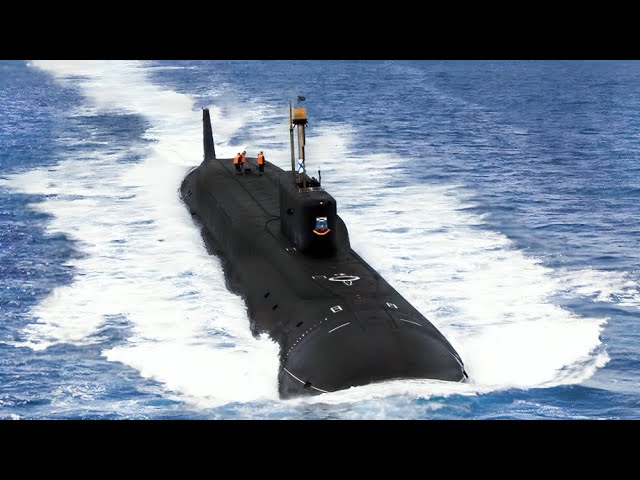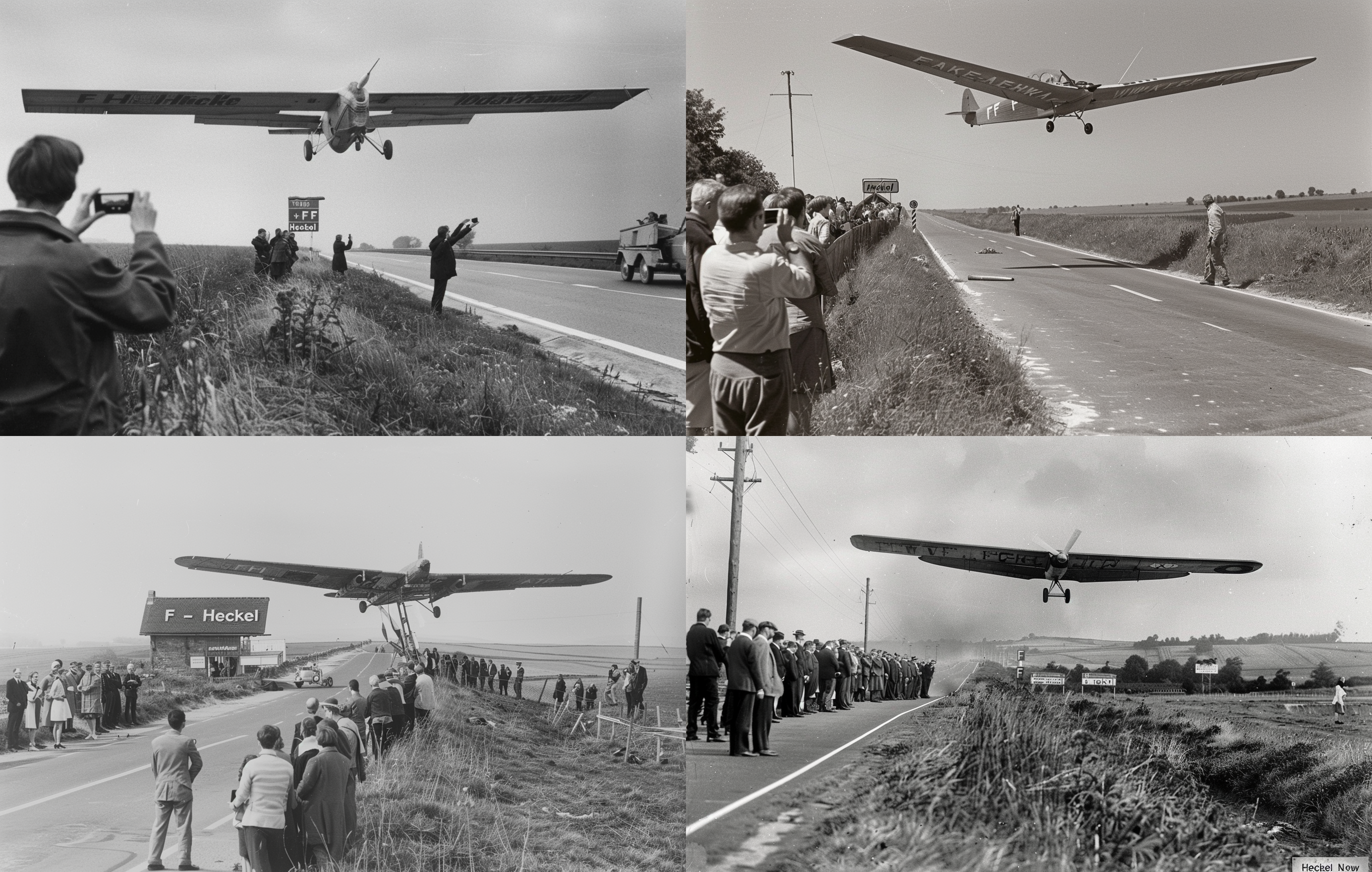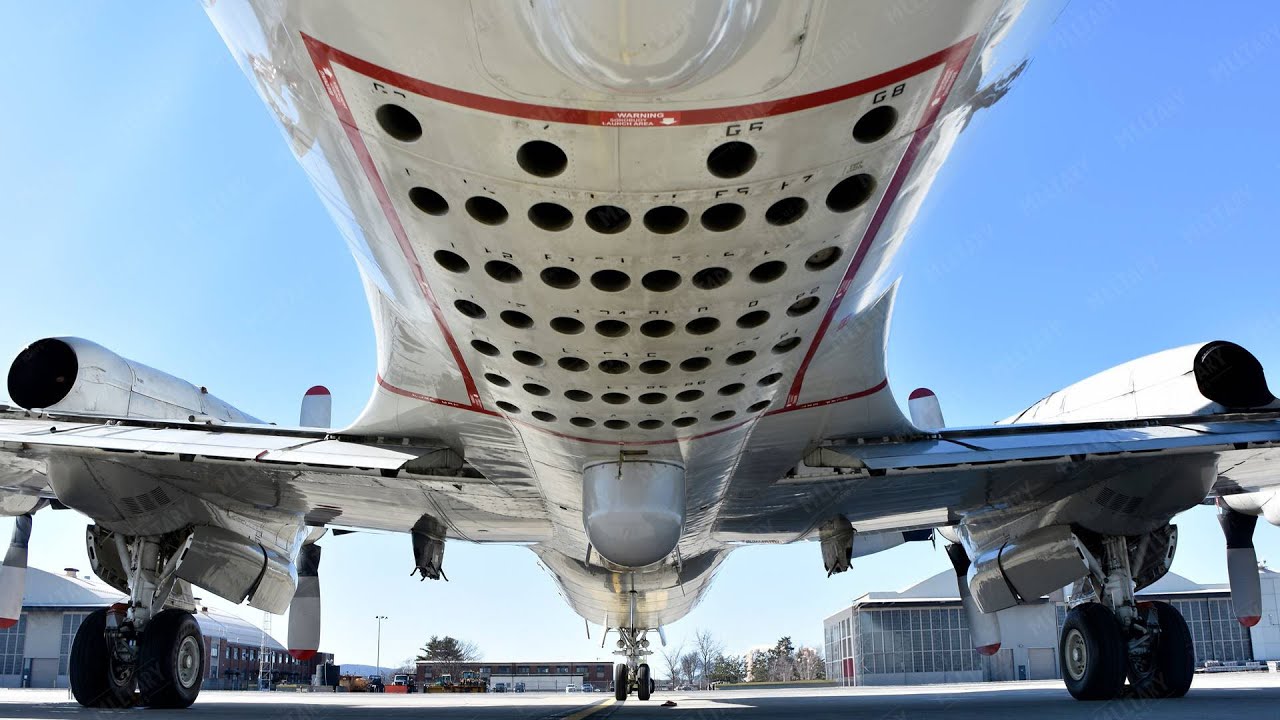In today’s geopolitical landscape, countries with nuclear capabilities wield significant influence on the global stage. Among the most critical assets for these nations are ballistic missile submarines, which enhance both political status and international power dynamics. Major players like the United Kingdom, France, the United States, and Russia possess such submarines, which are central to their strategic defense.
One of the most notable examples is the Borei-class submarine of Russia, a modern asset in their nuclear arsenal. This class is 557 feet long, weighs about 24,000 tons, and can carry up to 16 ballistic missiles with nuclear warheads. This makes it a cornerstone of Russia’s modern nuclear deterrent.
Evolution of Russian Ballistic Missile Submarines
In the early 21st century, Russia’s naval strategy was heavily dependent on the Delta IV and Typhoon-class submarines. The Delta IV, known as the Delfin-class, and the Typhoon-class, known as the Akula-class, were key during the Cold War. The Typhoon-class, in particular, was an enormous submarine, weighing 48,000 tons and equipped with 20 large missile silos. However, by the turn of the century, these classes had become outdated and less capable of meeting contemporary challenges.
The Birth of the Borei-Class Submarine
Recognizing the need for modernization, the Russian Navy began developing a new class of submarines in 1989. The aim was to create a versatile and strategic asset without replicating the massive scale of the Typhoon-class. The initial concept was conservative, leading to the development of the Borei-class, designated Project 955. The construction of these submarines was undertaken by Sevmash, a shipbuilding company specializing in nuclear submarines.
Challenges and Development
The first Borei-class submarine began construction in 1996, but its launch was delayed until 2006 due to numerous challenges, particularly with the missile systems. After the Soviet Union’s collapse, funding and resources dwindled, leading to significant production delays and failed test launches in the late 1990s. This prompted the development of a new missile, the RSM-56 Bulava, which required design adjustments to the submarine.
Despite these hurdles, the first Borei-class submarine, Yuri Dolgorukiy, was launched in 2008 and joined the Russian Northern Fleet in 2012. Subsequent submarines, Aleksandr Nevsky and Vladimir Monomakh, followed in 2013 and 2014, respectively.
Technical Specifications and Capabilities
The Borei-class submarine is a sophisticated fourth-generation strategic nuclear submarine. It is 557 feet long and 44 feet wide, with a submerged displacement of 24,000 tons. Although smaller and lighter than the Typhoon-class, it is comparable in size to the United States’ Ohio-class submarines. The Borei-class features a double-hull design and can dive to depths of up to 480 meters.
One of the notable advancements is the integration of pump-jet propulsion, a first for Russian nuclear submarines, which significantly reduces noise. The internal layout includes hydroacoustic systems, command posts, weapon compartments, and advanced steering mechanisms. The submarine can accommodate about 110 crew members, providing living quarters, kitchens, and even a bath, with autonomy limited to three months due to food supply constraints.
Power and Rescue Systems
The Borei-class is powered by an OK-650 reactor producing 190 megawatts of thermal power. This energy is directed to a turbine power plant with a capacity of 50,000 horsepower, driving the pump-jet propulsion system. Additionally, the submarine is equipped with a large rescue module capable of transporting the entire crew in emergencies.
Conclusion
The Borei-class submarine represents a significant advancement in Russia’s naval capabilities. It is a mature and fully operational strategic asset, embodying the lessons learned from previous submarine classes while incorporating modern technology and design improvements. As such, it continues to play a crucial role in Russia’s defense strategy and its position on the global stage.
In today’s geopolitical landscape, countries with nuclear capabilities wield significant influence on the global stage. Among the most critical assets for these nations are ballistic missile submarines, which enhance both political status and international power dynamics. Major players like the United Kingdom, France, the United States, and Russia possess such submarines, which are central to their strategic defense.
One of the most notable examples is the Borei-class submarine of Russia, a modern asset in their nuclear arsenal. This class is 557 feet long, weighs about 24,000 tons, and can carry up to 16 ballistic missiles with nuclear warheads. This makes it a cornerstone of Russia’s modern nuclear deterrent.
Evolution of Russian Ballistic Missile Submarines
In the early 21st century, Russia’s naval strategy was heavily dependent on the Delta IV and Typhoon-class submarines. The Delta IV, known as the Delfin-class, and the Typhoon-class, known as the Akula-class, were key during the Cold War. The Typhoon-class, in particular, was an enormous submarine, weighing 48,000 tons and equipped with 20 large missile silos. However, by the turn of the century, these classes had become outdated and less capable of meeting contemporary challenges.
The Birth of the Borei-Class Submarine
Recognizing the need for modernization, the Russian Navy began developing a new class of submarines in 1989. The aim was to create a versatile and strategic asset without replicating the massive scale of the Typhoon-class. The initial concept was conservative, leading to the development of the Borei-class, designated Project 955. The construction of these submarines was undertaken by Sevmash, a shipbuilding company specializing in nuclear submarines.
Challenges and Development
The first Borei-class submarine began construction in 1996, but its launch was delayed until 2006 due to numerous challenges, particularly with the missile systems. After the Soviet Union’s collapse, funding and resources dwindled, leading to significant production delays and failed test launches in the late 1990s. This prompted the development of a new missile, the RSM-56 Bulava, which required design adjustments to the submarine.
Despite these hurdles, the first Borei-class submarine, Yuri Dolgorukiy, was launched in 2008 and joined the Russian Northern Fleet in 2012. Subsequent submarines, Aleksandr Nevsky and Vladimir Monomakh, followed in 2013 and 2014, respectively.
Technical Specifications and Capabilities
The Borei-class submarine is a sophisticated fourth-generation strategic nuclear submarine. It is 557 feet long and 44 feet wide, with a submerged displacement of 24,000 tons. Although smaller and lighter than the Typhoon-class, it is comparable in size to the United States’ Ohio-class submarines. The Borei-class features a double-hull design and can dive to depths of up to 480 meters.
One of the notable advancements is the integration of pump-jet propulsion, a first for Russian nuclear submarines, which significantly reduces noise. The internal layout includes hydroacoustic systems, command posts, weapon compartments, and advanced steering mechanisms. The submarine can accommodate about 110 crew members, providing living quarters, kitchens, and even a bath, with autonomy limited to three months due to food supply constraints.
Power and Rescue Systems
The Borei-class is powered by an OK-650 reactor producing 190 megawatts of thermal power. This energy is directed to a turbine power plant with a capacity of 50,000 horsepower, driving the pump-jet propulsion system. Additionally, the submarine is equipped with a large rescue module capable of transporting the entire crew in emergencies.
Conclusion
The Borei-class submarine represents a significant advancement in Russia’s naval capabilities. It is a mature and fully operational strategic asset, embodying the lessons learned from previous submarine classes while incorporating modern technology and design improvements. As such, it continues to play a crucial role in Russia’s defense strategy and its position on the global stage.



